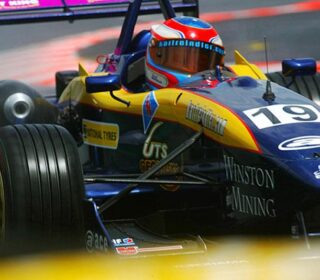AUSSIES AT LE MANS: PART 1, The Originals
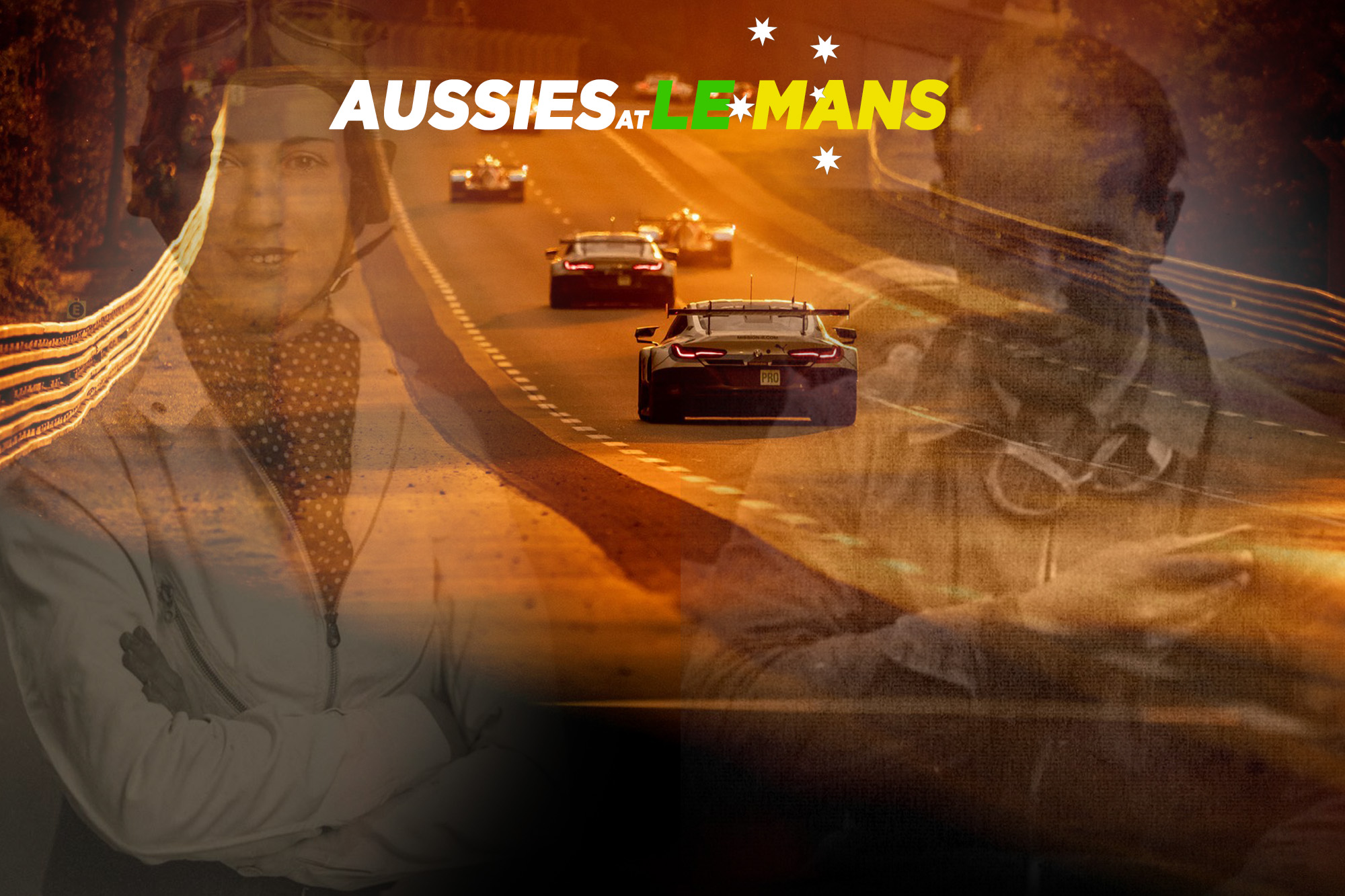
WHERE there’s a motor race, it’s very likely you’ll find an Australian.
Few countries in the world have the sport so ingrained in their psyche as the vast brown land down under. Bathurst is known to all, fan or otherwise, as one of the meccas of Australian Sport. Surnames like Brabham, Brock, Webber, Ricciardo and Jones go beyond motorsport fame, to broad household acceptance as local sporting heroes.
Motorsport is a big deal down under, which means that for all the strengths of the local motorsport scene, eyes often drift beyond the big blue that surrounds the island continent to ventures further afield.
The other thing to remember about Aussies is that they like a challenge. It’s probably why the 24 Hours of Le Mans has been such a draw for Australian racing drivers, journalists, fans and enthusiasts alike for nearly a century.
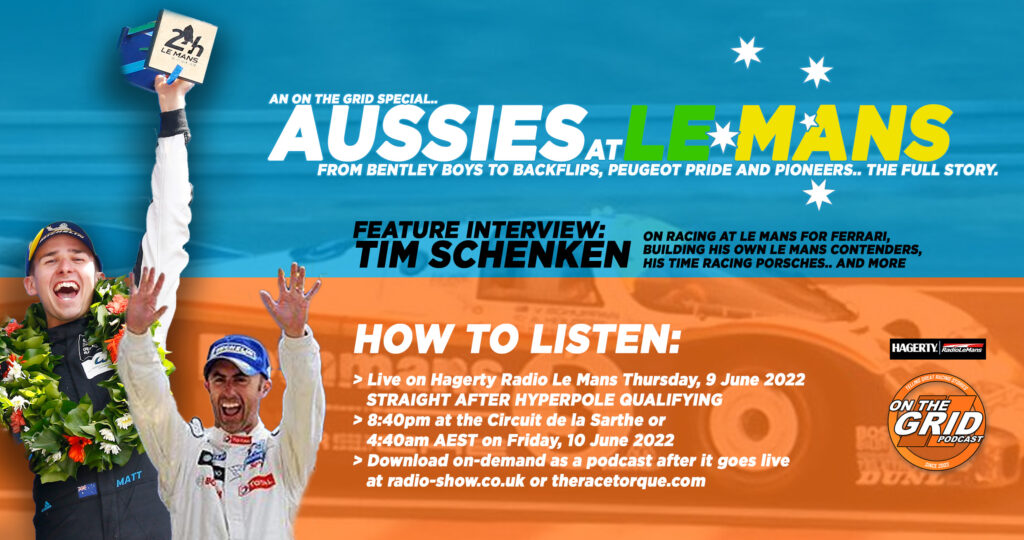
We’ve produced a Le Mans 24 Hour Podcast special! Our 70-minute feature detailing the stories behind every Aussie driver to race in the famous around-the-clock enduro goes to air on Hagerty Radio Le Mans straight after qualifying later this week – and then will be on demand via both the RLM website, and our On the Grid Podcast channels!
There are few bigger challenges in the world of motorsport so quite naturally, the Peter Brock mentality of biting off more than you can chew, then chewing like hell made the race a major draw.
2022 marks the 94th anniversary of not just the first Aussie to race at Le Mans, but the first Australian to win it.
Since then, just 39 others have attempted to conquer the famous circuit Le Sarthe – World Champions, Bathurst legends, Household names, young rising stars and unknown amateurs alike. Only three others have won it outright, with a handful of others getting the chance to stand on the iconic podium as winners in their class.
For fans, for journalists and for those who work in the sport Down Under, Le Mans is a frequent regular on the motorsport ‘bucket list’ – a must-do pilgrimage on everyone’s radar. Believe me, to motorsport fans the race is just as big a deal Down Under as it is anywhere else in the world.
So, about those Aussies who made the biggest trek of all and actually started the 24 Hour. Who are they? What are their stories? What did they achieve.
That’s what we are here to detail.
BERNARD RUBIN
If Australia’s ‘National Identity’ was forged on the brutal beaches of the Gallipoli peninsular during the Great War, then there is an argument to say that at least part of the nations’ motorsport identity was forged by Bernard Rubin just over a decade later.
Driving with Bentley Motors boss Woolf Banarto, with whom he had become friends, Rubin was a member of the famed ‘Bentley Boys’, the group of often wealthy, privileged and mainly British motorists and motorsport competitors who helped fan the flames of Bentley’s competitive spirit.
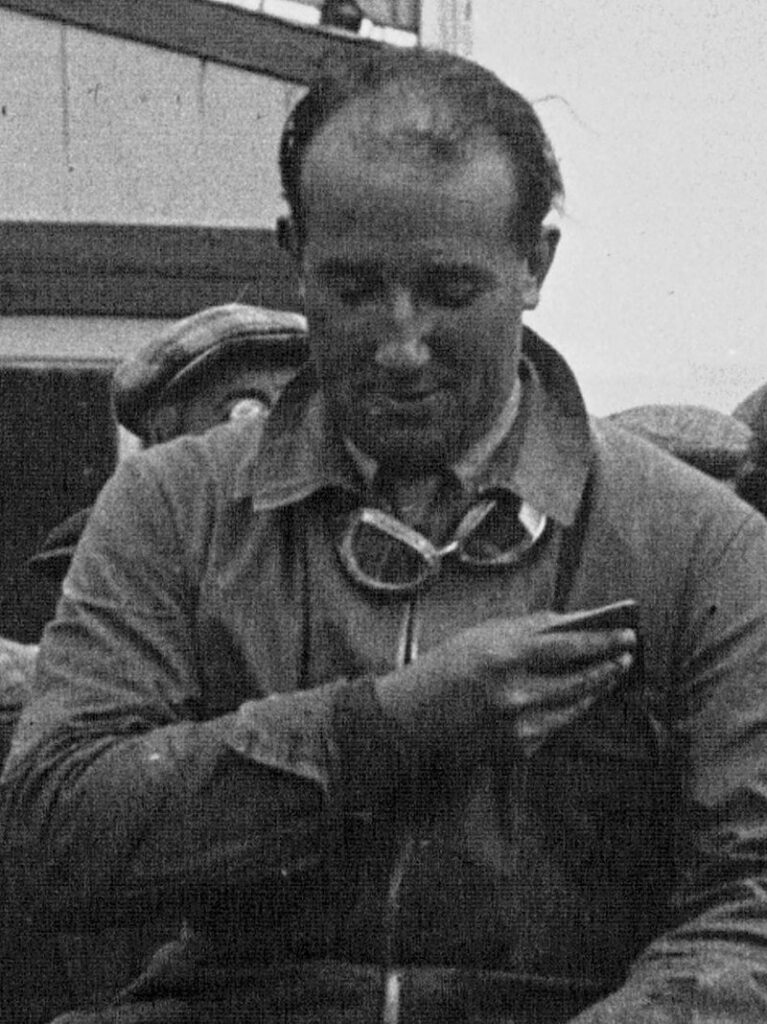
Together, driving a four and a half litre Bentley, the pair won the sixth edition of the 24 Hour, completing 154 laps to win both the race outright and take their class.
The son of a Pearl salesman, Rubin’s history is little known outside of Australia’s motorsport historians. Born in Melbourne in 1896, his family moved to London in 1908. Rubin served in the great war, fighting for the Royal Artillery – however, was badly injured in combat and required three years of recovery.
His friendship with Bonarto saw him become a member of the fabled Bentley Boys, and his first attempt at the Le Mans classic would ultimately prove successful – though not easy.
After an early arm-wrestle with the Chryslers early in the race, the Bentley team gradually gained the ascendency throughout the second half, assuming the lead just after dawn on Sunday. Tensions rose when a water leak forced the team to pit soon after midday– a cracked chassis having caused enough vibration to work the radiator lose from its mounts. It could have been worse – the same issue was responsible for the demise of sister Bentley’s in the race.
The last lap would prove dramatic: with water pouring from the radiator and their closest rivals having unlapped themselves, the last tour took twenty minutes to complete, the winning margin ultimately just 13 kilometres on what was then a 17-kilometre-long lap.
The result was a triumph: Bentley winning at Le Mans again and an Australian driver was key to the success, handpicked by the boss of Bentley himself to help lead the campaign.
It would be the first major international racing success for an Australian driver, let alone the first win in a major endurance race from someone hailing from the antipodes.
It would be a long, long time before someone achieved it again.
Rubin would return to Le Mans just once more, in 1929, where he and Francis Richard Henry Penn Curzon, otherwise known as the 5th Lord Howe – who having a year earlier had founded the British Racing Drivers Club – failed to finish after just seven laps. Rubin died of Tuberculosis, aged just 39, in the mid-1930s, with his body returned to Australia to be interned in Melbourne where he remains to this day. His is a remarkable story, making him a true pioneer of Australian Motorsport on the global stage. More people need to know it.
JOAN RICHMOND
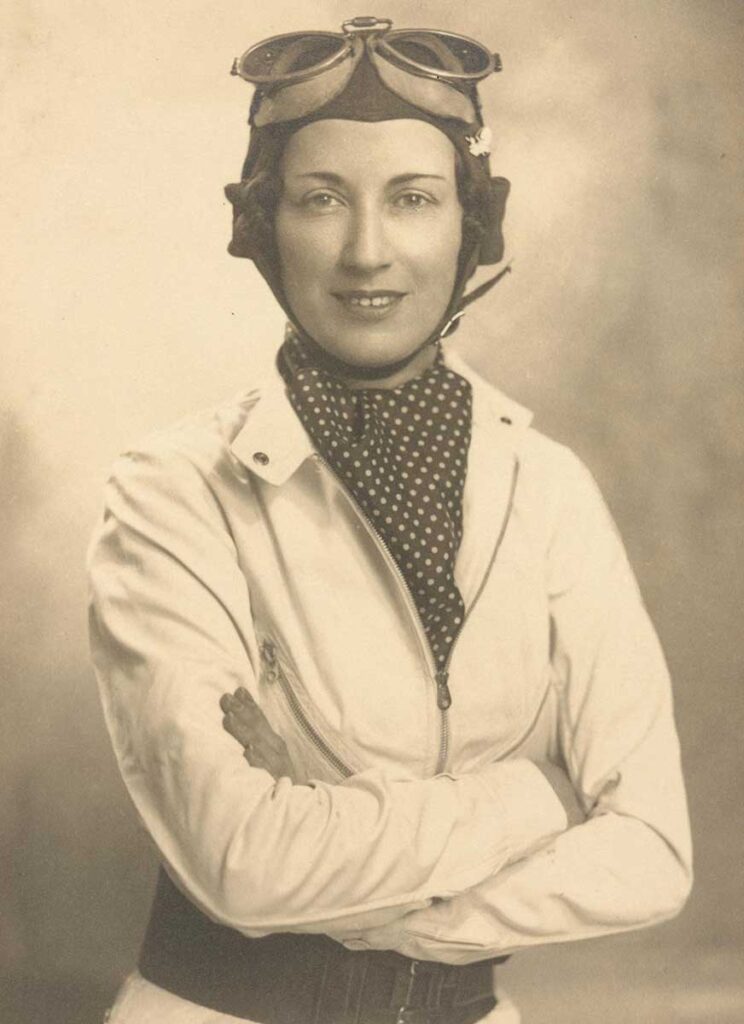
It took 10 years for the next Australian to start at LeMans, and with it came yet another trailblazing story.
Born in Cooma in the New South Wales highlands in 1905, Joan Richmond was a pioneer in many things – but especially so in motorsport. When the state of Victoria, where she lived, banned women from training thoroughbred racehorses Richmond turned to horsepower of another kind and focussed on motorsport.
She finished a fine fifth in the 1931 Australian Grand Prix at Phillip Island driving a Riley Brooklands.
With friends, she then drove from Melbourne to Italy in a bid to contest the Monte Carlo Rally, which she did.
While in Europe she competed in, and won, the 1932 Brooklands 1000 miles race on the famous British speedway driving with Elsie Wisdom – becoming the first women to win a race where both male and female drivers could compete.
Her sole Le Mans start came in 1937 where, driving a 1.1 litre Ford Model Ten, she finished 14th outright driving with British driver, Maurice ‘Bill’ Bilney, to whom she was engaged. Just one month following their Le Mans debut, Bilney was killed while competing at Donnington Park.
Richmond retired from racing on the outbreak of World War two, spending the war working in a de Havilland aircraft assembly factory.
She returned to Australia following the war, and passed away aged 94 in 1999.
The National Museum of Australia held an exhibition on Richmond in 2014, and maintains several items donated by her family – including the Brooklands trophy – in their ongoing collection.
TONY GAZE
With Le Mans not contested during the years of World War II, it took another decade beyond peace for the third Australian to compete in the fabled 24 Hour, when in 1956 Tony Gaze made his debut on the Circuit de la Sarthe.
Gaze is a legend of Australian Motorsport. Born in Melbourne in 1920, he flew Spitfires in the second world war for the Royal Air Force. His wartime service was extraordinary, receiving three DFCs – distinguished Flying Crosses – for his exploits in air combat, one of only 47 men to achieve that distinction. His career included 13.5 confirmed kills of enemy aircraft, but possibly more.
Gaze was shot down over Normandy in 1943, however with the help of the French Resistance was able to escape through Spain, returning to service in 1944.
Perhaps more famously than his World War Two exploits, Gaze is known as the man who suggested to the Duke of Richmond – Freddie March – that the access roads around RAF Westhampnett would serve as an ideal layout for a motor racing circuit.
From there, the Goodwood Circuit was born.
Gaze contested several races in the 1950s, finishing second in the Lady Wigram trophy and third in the 1954 New Zealand Grand Prix.
His sole Le Mans start came in 1956, driving a Frazer Nash Sebring with British driver Dickie Stoop. They completed 101 laps before an accident ended their race.
Gaze’s Le Mans story doesn’t end there, however, and uniquely it ties in with another Australian racing great – one who also attempted to conquer the French classic: Lex Davison.
Davison, the first four-time winner of the Australian Grand Prix, teamed with another famous name – Bib Stillwell – to tackle Le Mans in 1961 – the first time an all-Australian crew had competed in the race.
The pair had been invited to France by Essex Racing thanks mainly to their own exploits racing Aston Martins in Australia and New Zealand, primarily in the Australian Grand Prix and in the Australian Drivers’ Championship.
Sadly, a broken head gasket ended the day for their Aston Martin DB4 Zagato after only 25 laps.
That’s not the end of the story, however, and it’s here where the Gaze and Davison journeys become entwined.
Lex Davison was sadly killed in 1965 while practicing for a race at Sandown, in his native Melbourne. He left behind wife Diana and two sons, Jon and Richard.
Several years after Lex’s death, Diana married Tony Gaze to intrinsically link the histories and the futures of two great Australian racing families.
As well as becoming stepfather to Lex’s two sons, the marriage also ensured that Tony would later become a step-grandfather to Alex, Will and James Davison.
62-years after his grandfather raced at the iconic French track, Alex Davison made his Le Mans debut, driving a Gulf-backed Porsche 911 GTE with Ben Barker and Michael Wainwright.
It was a remarkable continuation of the story behind two of the great Australian racing families, intrinsically linked forever.




